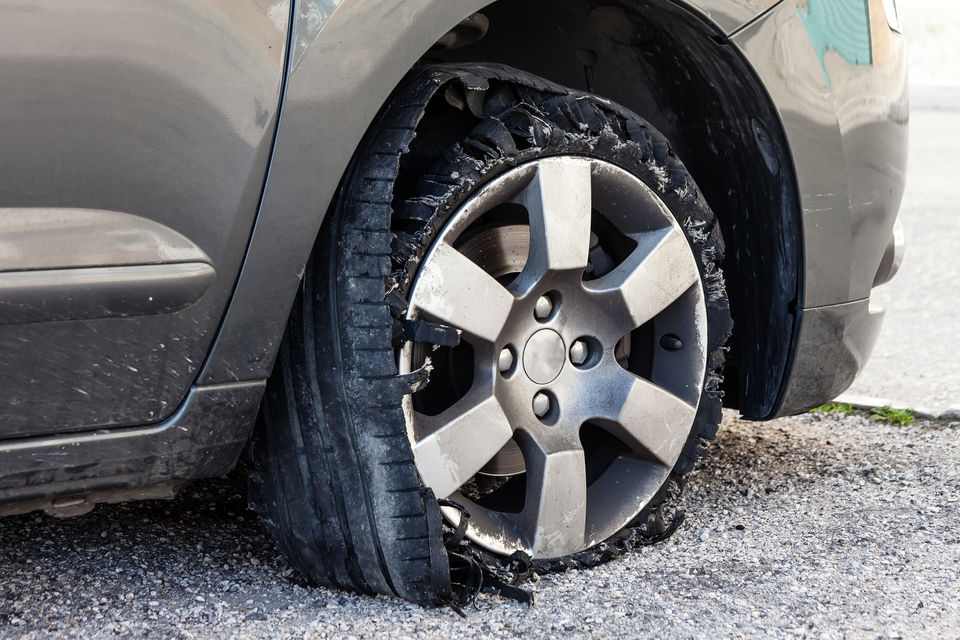
Tyre Delamination - What Is It? Causes? How To Stop It?
Ever experienced the frustration of a sudden blowout while driving?
One of the potential culprits behind this unsettling situation is tyre delamination.
Let’s dive into the details of this phenomenon, its underlying causes, and how you can prevent it from happening.
What Is Tyre Delamination?
Tyre delamination refers to a serious safety issue where the various layers of a tyre start to separate from each other. This detachment can lead to decreased stability, compromised handling, and an increased risk of blowouts.
The phenomenon primarily affects radial tyres, which consist of multiple layers, including the treads, belts, and inner lining.
Causes Of Tyre Delamination
Heat And Overloading
Prolonged exposure to intense heat, whether due to scorching weather or friction while driving, can weaken the bonds between tyre layers.
Similarly, excessive loading on a vehicle puts immense pressure on the tyres, accelerating the delamination process.
Age and Wear
As tyres age, the rubber compounds degrade, making them more susceptible to delamination.
Additionally, wear and tear from regular usage, such as driving over potholes or rough roads, can contribute to the separation of layers.
Improper Maintenance
Neglecting regular tyre maintenance, such as underinflation or incorrect wheel alignment, can hasten delamination.
These issues unevenly distribute the forces on the tyres, leading to stress concentrations that promote separation.
Manufacturing Defects
In some cases, manufacturing defects or inconsistencies in the bonding process can result in weakened areas within the tyre structure.
These weak points become vulnerable to delamination, especially under challenging driving conditions.
Is Tyre Delamination A Problem?
Tyre delamination is a significant problem that can compromise both your safety and the performance of your vehicle.
The separation of tyre layers can lead to reduced traction, increased braking distances, and a higher likelihood of blowouts.
If left unaddressed, it can result in dangerous driving situations and costly repairs.
Preventive Measures To Stop Tyre Delamination
Regular Inspections
Frequent visual inspections of your tyres can help you catch early signs of delamination. Look out for bulges, cracks, or irregular wear patterns, which could indicate underlying separation.
Proper Inflation and Loading
Maintaining the recommended tyre pressure and adhering to load limits set by the manufacturer can significantly extend the lifespan of your tyres and reduce the risk of delamination.
Avoid Overheating
During hot weather, avoid driving at high speeds for extended periods. If possible, park in shaded areas to prevent excessive heat exposure.
Replace Old Tyres
As tyres age, their structural integrity diminishes. Replace tyres that are past their prime to ensure your safety on the road.
Conclusion
Tyre delamination is a critical concern that demands your attention as a responsible driver.
By understanding the causes and taking proactive measures, you can significantly reduce the chances of experiencing these hazardous issues.
Remember, a little vigilance goes a long way in ensuring both your safety and the optimal performance of your vehicle.

Louis
I'm Louis, an engineer passionate about helping Australians choose better tyres for their vehicles!
